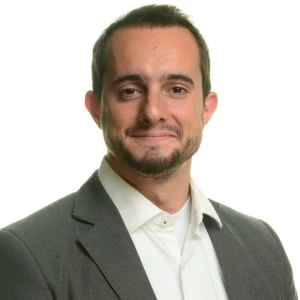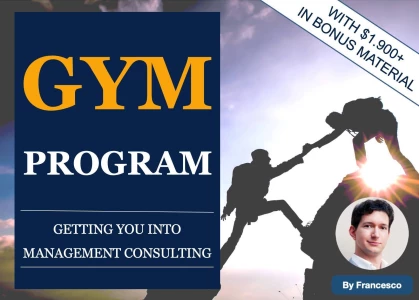Hello Everyone,
During the case interview with mckinsey it is expected to do the case fast (like in 20 minutes) or not? It happens that they do not ask you for the final recommendation ?
Thanks
Hello Everyone,
During the case interview with mckinsey it is expected to do the case fast (like in 20 minutes) or not? It happens that they do not ask you for the final recommendation ?
Thanks


Hi Anonymous,
I agree with the comment of Vlad on the final conclusion. In terms of the direct answer to your questions:
Hope this helps,
Francesco

Hi,
You might not solve the full case, but they will always ask you to provide a recommendation. In many cases, the interviewer will just interrupt you and ask for the recommendations. It does not necessarily mean something bad.
As a result, there are two problems that you may face:
Addressing the first problem you should:
For example:
As for the second problem - Indeed, in many cases, you can't provide a definite answer.
Imagine a case when you have to make a decision whether a PE fund should acquire a company. You make a proper structure (Market, Competitors, Company, Feasibility of Exit) and in 25 min of a case, you've managed only to go through the Market and Competitors branches of the analysis. What will be your recommendation?
In this case, you have to provide a Soft Recommendation:
Best,
Vlad












